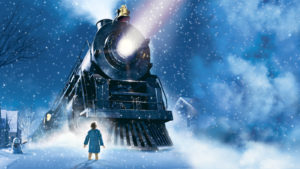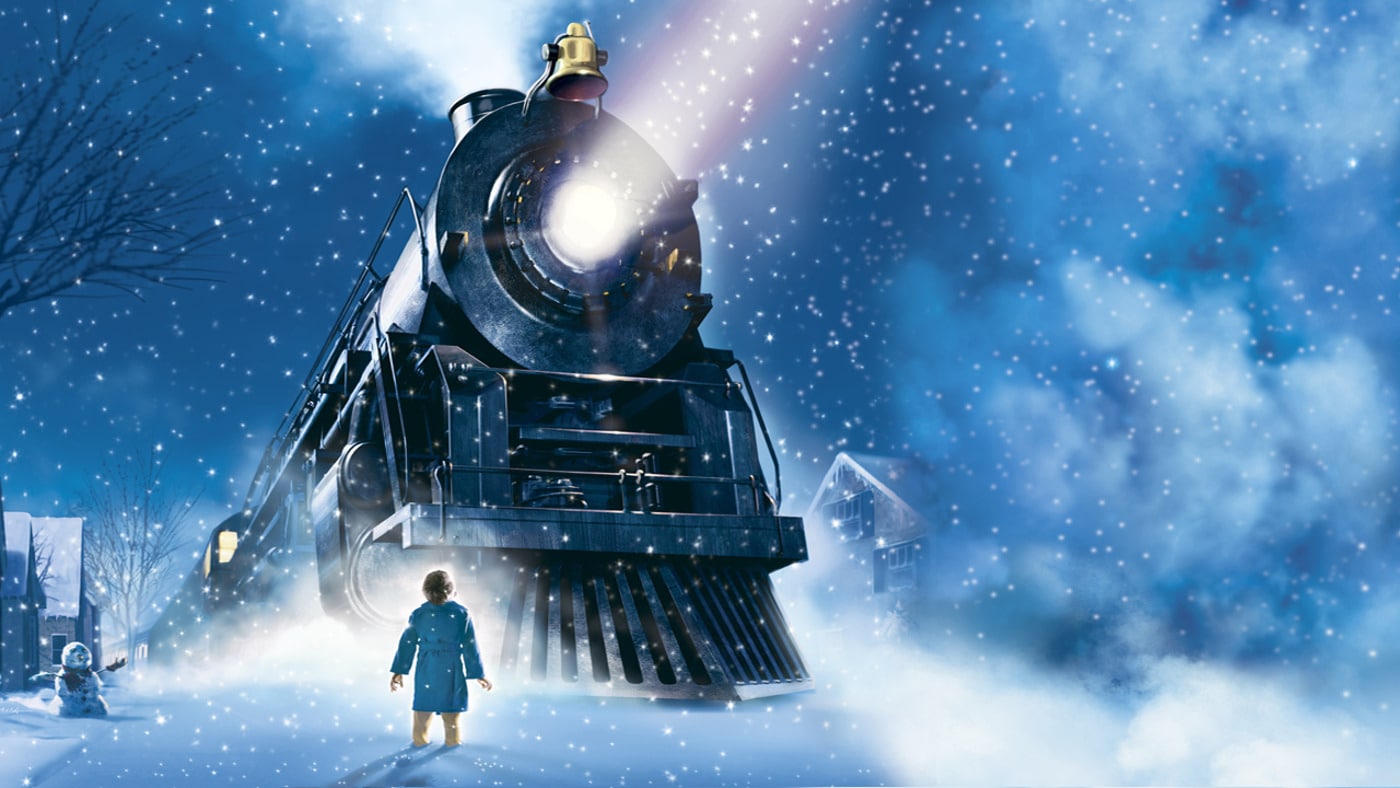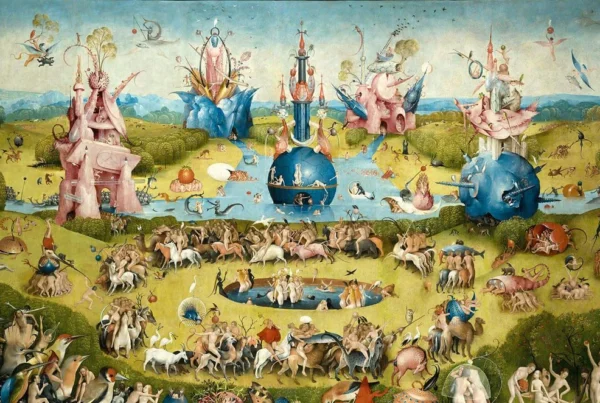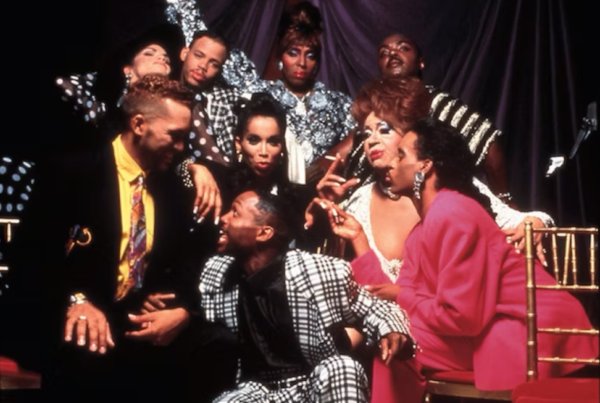
By Isabelle Ava-Pointon
The other night, some friends and I curled up with hot cocoa and popcorn to watch the children’s Christmas classic, “The Polar Express.” Based on Chris van Allsburg’s children’s picture book of the same name, the 3D animation film was released in 2004. We were all ready to revisit our childhoods and enjoy a cozy night of holiday wholesomeness. Little did we know that we were in for an emotionally traumatizing experience, leading us to question the appropriateness of this film for a younger audience, and prompting us to analyze it from Marxist and feminist perspectives.
Many scenes would fit better into a horror film than a children’s fantasy. All four of us remembered being terrified of the movie when we first saw it as kids. While we were not terrified this time per se, we were deeply troubled. The film’s premise is that a young boy is invited into a vehicle by a strange man in the middle of the night, and it only gets creepier from there. Figures of authority threaten children with expulsion from the train for minor offenses and the main character nearly falls off the moving train to his death on multiple occasions and is almost crushed by a tunnel roof. The children journey through a carriage full of old and abandoned toys, mostly broken dolls and marionettes, falling into the horror movie trope exactly. The children nearly die in multiple situations, arguably the most distressing being the train’s uncontrolled skid across a frozen lake, as the ice cracks behind them, nearly plunging all the train passengers into an icy grave. Perhaps most unsettling, is when the train conductor tortures one of the crewmen in order to elicit his cries of agony, which cause the caribou herd to move off the tracks.
Even the North Pole is not free from danger, as the kids hurtle down winding streets in a runaway train carriage, and precariously walk across a narrow train bridge spanning an apparently bottomless glacial crevasse. Indeed, one poor elf is nearly impaled by the falling star from the giant Christmas tree. Talk about workplace hazards.
In terms of an intersectional feminist reading, most striking is when the unnamed token black girl (the only major female character and only person of colour in the movie), is not awarded the celebrated “First Gift of Christmas”, despite her acts of compassion and heroism throughout the film. She was passed over in favor of an undeserving white boy. In addition, the film’s designated “poor kid,”Billy, is nearly left behind, and when he finally makes it onto the train, he is segregated from the other kids, and does not receive the same treatment or refreshments, and must rely on their charity to be fed.
The relationship between the elves and Santa Claus is also concerning. There are elements of a master-slave relationship, and it begs the questions: Are the elves paid? Are they free to leave? What are there working conditions like?
In addition, the scenes at the North Pole bear an eerie similarity to the rallies held by 20th century totalitarian regimes, what with the indistinguishable masses cheering and singing in unison for their all-powerful leader (in this case Santa Claus). The fact that they are all wearing red only emphasizes the similarities to Communist regimes. “The boss” or “the big guy” as he is variously referred to, seems to have developed a cult of personality. There is also a surveillance state instituted by Santa Claus to watch over every child on earth, demonstrated in the movie by live-cam feeds of hundreds of children sleeping, and they have a Big Brother feel to them, not to mention the judgements of Naughty vs. Nice imposed on the children.
Many questions in this film remain unanswered. The homeless man on the roof, is he a ghost? Is he alive? Why is he there? His purpose seems to be to save the film from plot holes. Why on earth did they built the train tracks through a lake? And why are there only three adults running the train?
All in all, our experience of re-watching “The Polar Express” left us more horrified than happy, and prompted deep ponderings into what constitutes a children’s film and why our society is so flawed.
Isabelle Ava-Pointon is a second year student at Sciences Po Campus of Reims and a contributor to The Sundial Press.
Other posts that may interest you:
- The Trouble with ‘Ecocide’
- Carbon dioxide removal – hit or miss?
- Local Victories for Turkish Opposition — A Sign of Hope?
- Are France and Japan a Mismatch Made in Heaven?
- A Reflection on Dark Tourism
Discover more from The Sundial Press
Subscribe to get the latest posts sent to your email.





